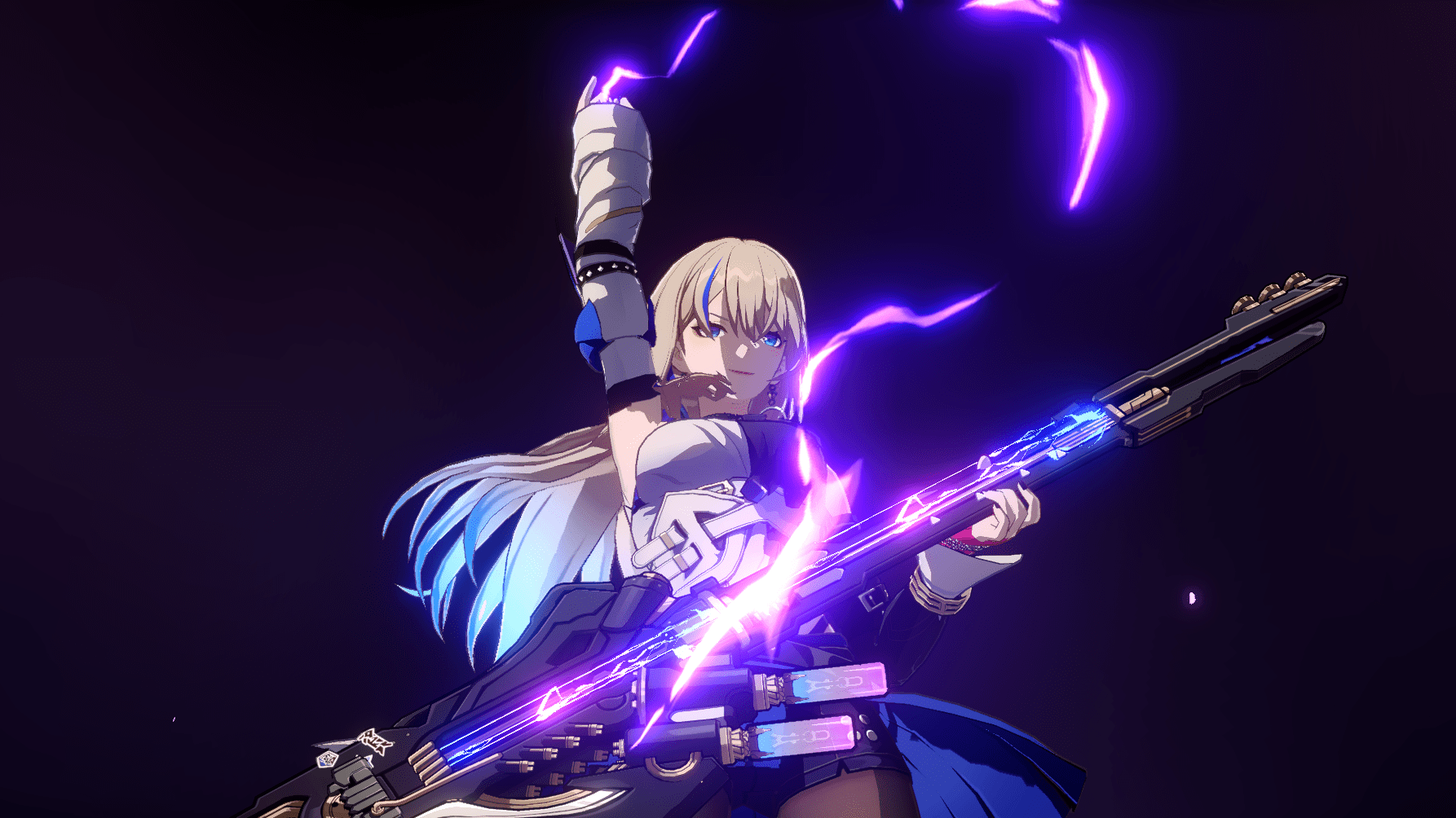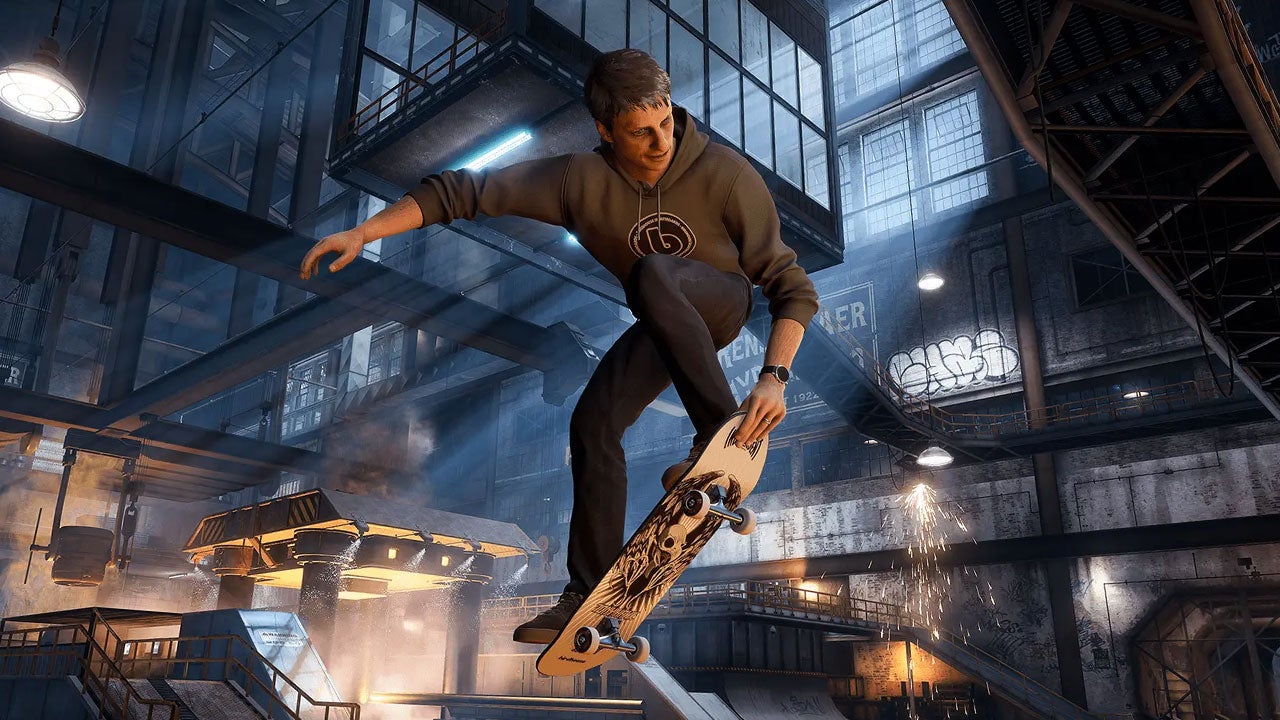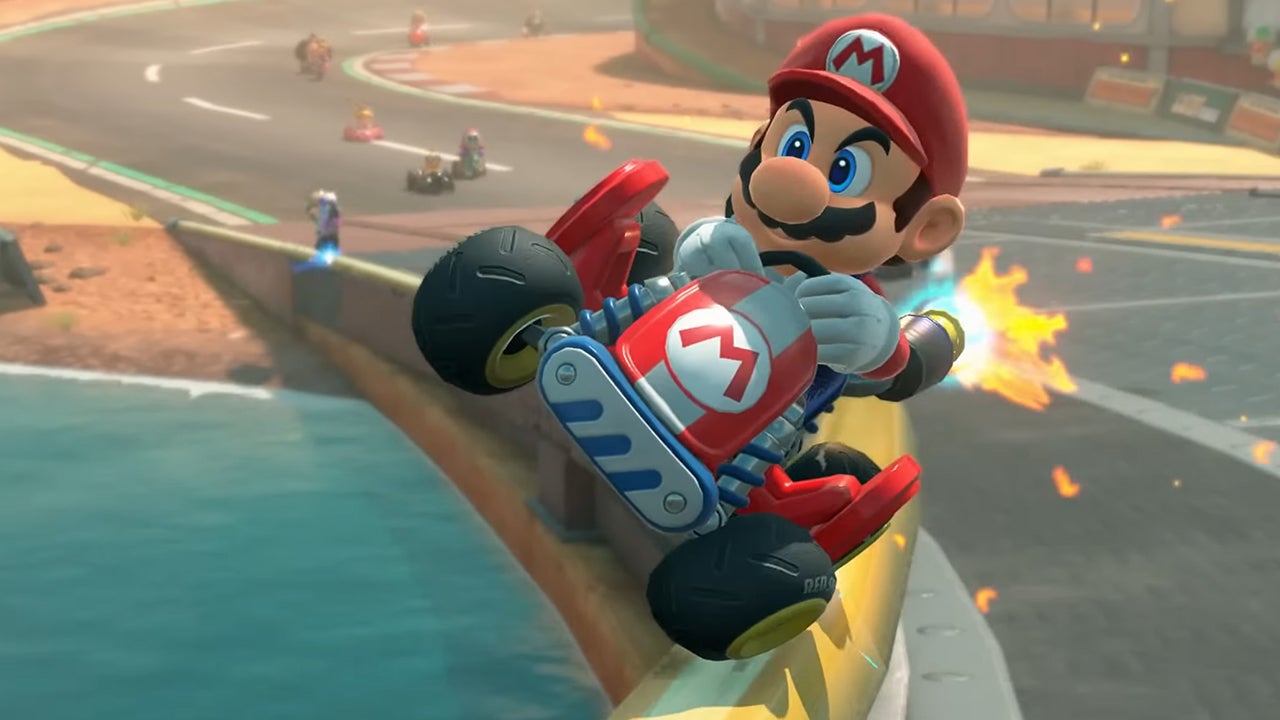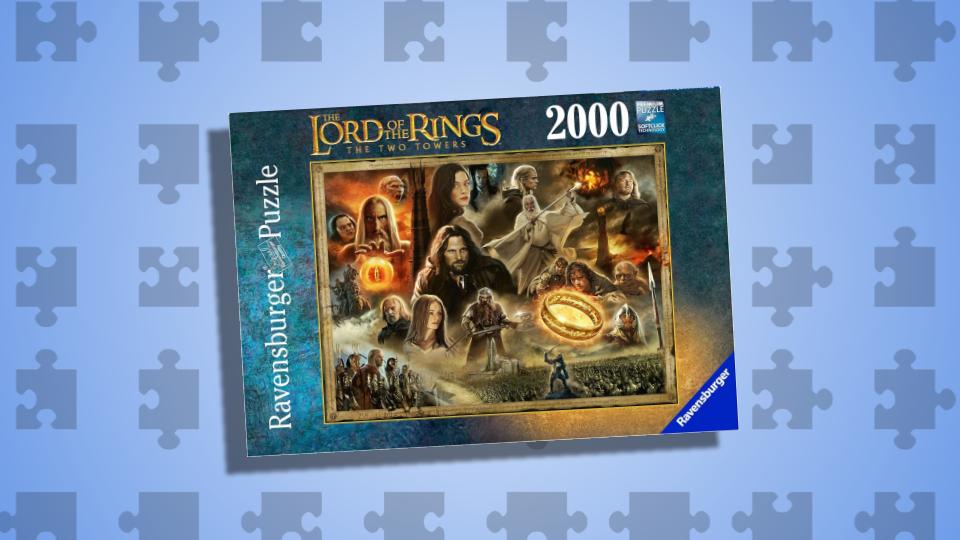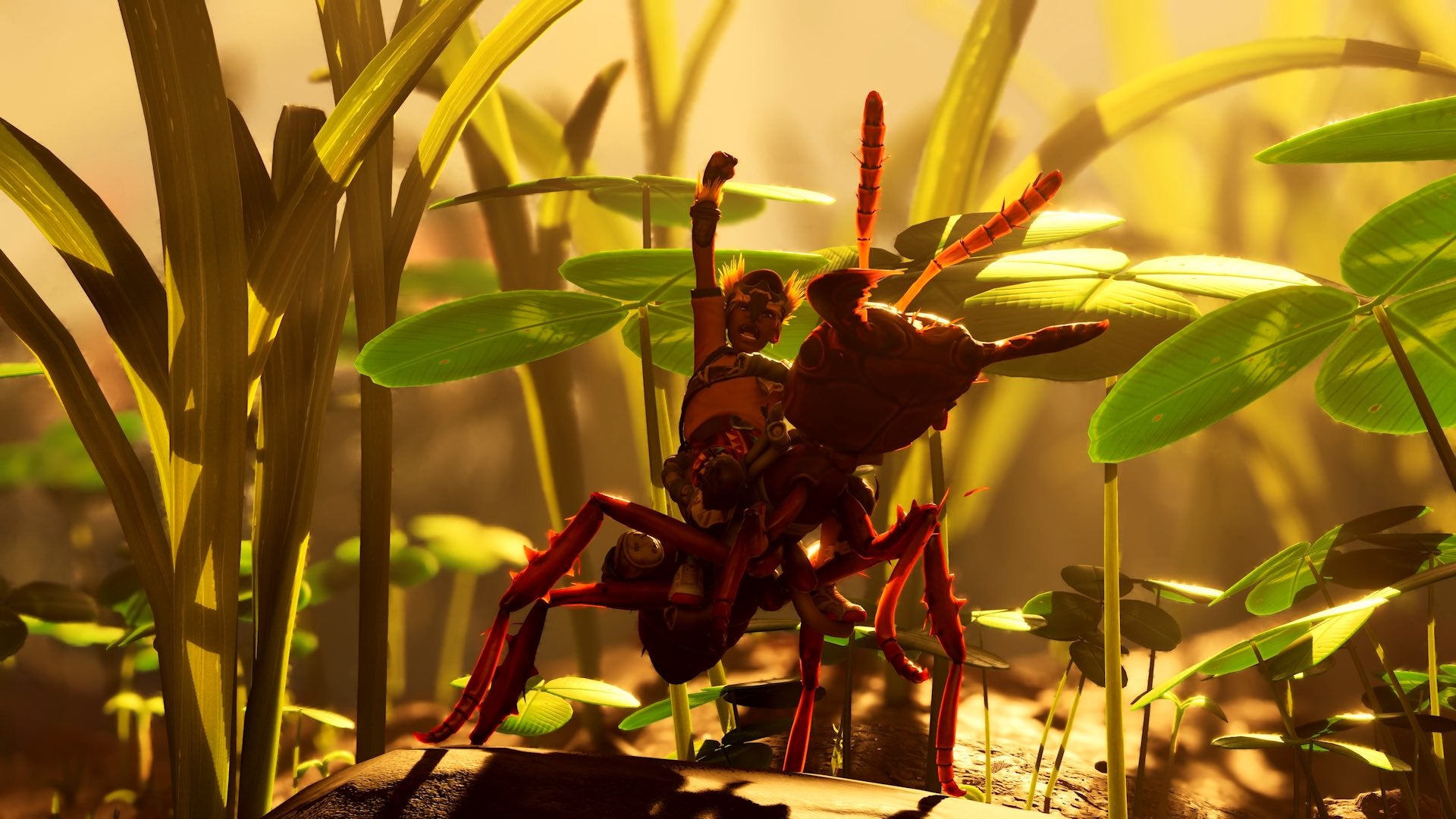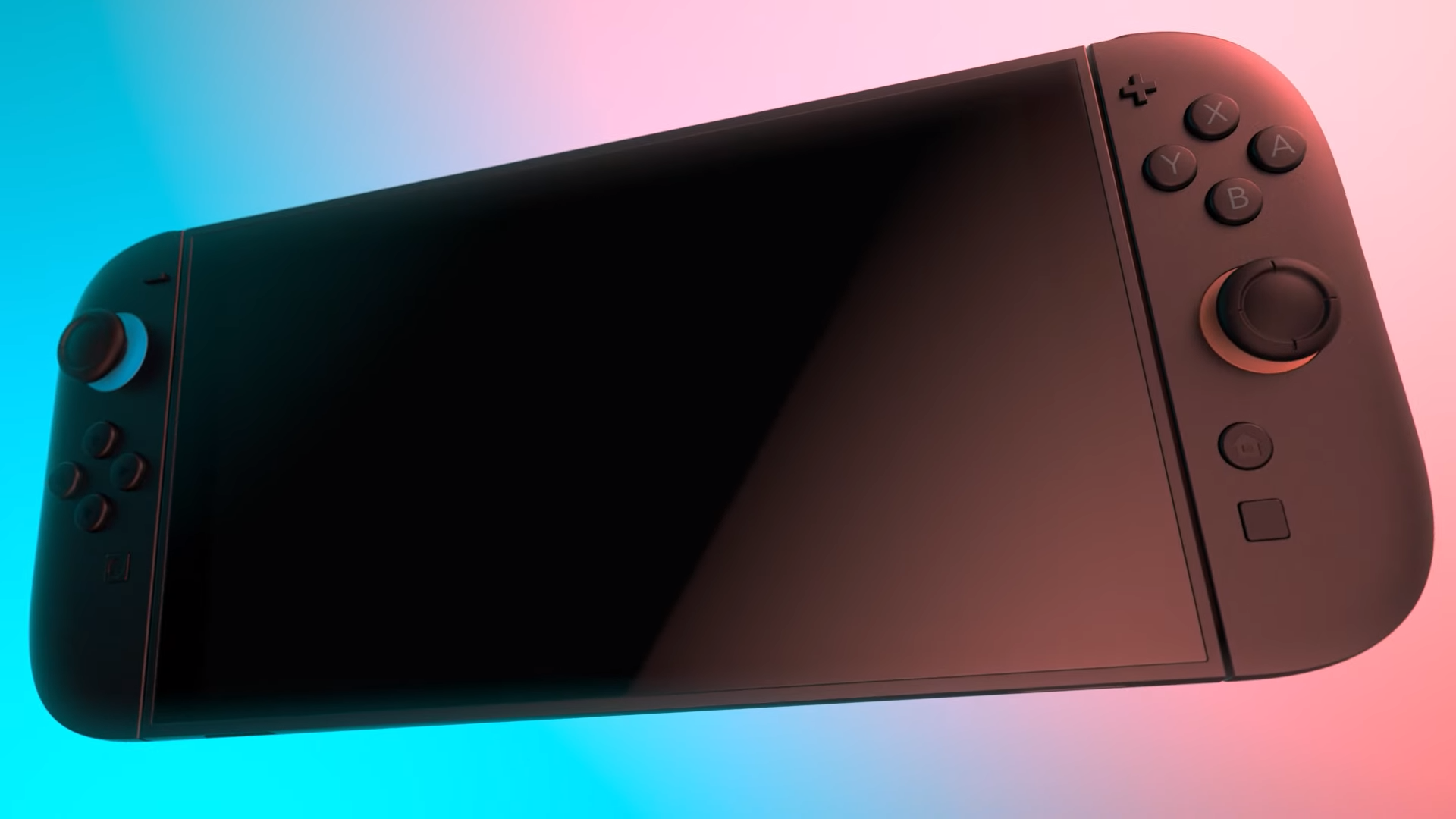
The Switch 2 has been out for a little over a month after what felt like an eternity of waiting. Gone are the days of speculating over how powerful it is, what features it has, and, for disabled players especially, how accessible it will be. The answer is here: Nintendo’s newest system is certainly an upgrade, and for me, the most accessible Nintendo system to date.
Unlike Xbox and PlayStation, Nintendo and accessibility are not synonymous, at least in the traditional sense. The company’s first-party titles don’t offer dozens of accessibility options like PlayStation and Xbox games do, and Nintendo has no official accessibility controller. While they recently joined other publishers as part of ESA’s Accessible Games Initiative, a resource that gives accessibility information for games through a tag system, some disabled players are still hesitant to call their games and systems accessible. And while I acknowledge these criticisms and fears, the refined system settings, mouse movement, and new Joy-Cons push the Switch 2 towards better accessibility.
System Settings

Like its predecessor, the Switch 2 features a variety of system accessibility options that benefit multiple disabilities. Returning settings include options to zoom on the screen, switch to mono audio, and even change the display colors. But the most important returning feature for me is the fully customizable controls, with five presets for each controller. That means each Joy-Con, as well as alternatives like the Pro Controller, can have separate control presets depending on the game. It’s one of my favorite features introduced on the Switch, and it’s especially helpful for physically disabled players. Even better, my Switch control profiles automatically carried over when I transferred my data to the Switch 2. This allows me to seamlessly begin playing games like Pokémon Violet without needing to remember how I configured it previously.
Thankfully, the Switch 2 adds several new options that further improve the overall accessibility of the system. Players can now adjust the text size, enable speech-to-text for Game Chat, and even enable a screen reader, an important tool for blind and low-vision players. While these offerings are available on both Xbox and PlayStation systems already, it’s nice to see Nintendo finally add these options and help welcome more disabled individuals to the platform.
The Pros and Cons of Mouse Movement

The Switch 2 adds a unique function to each Joy-Con – mouse movement. By flipping Joy-Cons face down on its sensors, players can drag the controller on any surface to mimic a computer mouse. And surprisingly, the transition from standard controller to mouse is perfectly seamless. There is minimal lag, and aside from the awkwardness of holding a Joy-Con on its side, mouse movement is one of the few Nintendo system gimmicks that I can use.
However, its longevity and extended use cause severe fatigue and strain on my wrists. Games like Drag X Drive – releasing on August 14 – which purport to rely heavily on mouse movement, will undoubtedly become inaccessible after a few matches. Even now, as I use mouse movement to search the eShop, I regularly find myself reverting to standard Joycon movements because of how uncomfortable it is to hold. Yes, the mouse cursor glides with ease, but constantly needing to slide back and forth is not conducive to my needs. For example, my computer mouse has a DPI (Dots Per Inch, which measures mouse sensitivity) of 11000. Anything lower mimics the Joy-Con’s mouse movement, and that’s not something I can use long term.
Joy-Con Upgrades

The Switch 2 keeps the same relative button layout as its predecessor despite being larger. However, I find the new size is beneficial for my disability. As it has progressed, so too did the atrophy in my hands, forcing me to rely on larger controllers, mice, and keyboards. The new Joy-Cons, while not substantially bigger, allow me to easily glide my hand over the buttons, especially when placed on a table.
Nintendo also reduced the resistance on each button. On the original Switch, I regularly struggled to press the ‘Home’ button unless the Joy-Con was positioned in the exact same spot on my desk each time. And the ‘+’ and ‘-‘ buttons were impossible to use without outside assistance. With the Switch 2, I no longer struggle to press any button, nor do I need each Joy-Con to be precisely placed. For some, this is a relatively minor improvement, but for me, the ease of pressing buttons drastically increases my independence when using the system.
My only critique when using the Switch 2 in handheld mode isn’t with the button layout or system settings. It’s with the handheld battery life. While in handheld mode, the Switch 2 battery life lasts for approximately two hours before I get a notification that I need to charge the device.
If my hands worked, and I could use the Switch 2 in docked mode, this wouldn’t be an issue. However, because I require the system to be on a surface as the same height as my desk, I can only play my Switch 2 on my desk, away from any TV. And because this is uniquely a me issue, I can’t necessarily fault Nintendo. Yes, it’s annoying that the Switch 2’s battery means I have to regularly stop playing to charge the system, but at least I can play the system without fatigue or physical discomfort.
The Switch 2 is unmistakably an upgrade over its predecessor in terms of accessibility. I would go as far as to say it’s the Nintendo system I’ve been needing for years. Its gimmicks aren’t detrimental to playing, at least not yet, its controllers are beyond comfortable and conducive to my needs, and most importantly it’s just fun to play. Is it perfect? No, but no system can be, especially when accounting for the individualistic nature of the disabled experience. And the Switch 2, even in the early stages of its cycle, is by far my favorite console to play. And as more games are released, I’m sure it will undoubtedly replace my other systems.
Grant Stoner is a disabled journalist covering accessibility and the disabled perspective in video games. When not writing, he is usually screaming about Pokémon or his cat, Goomba on Twitter.



